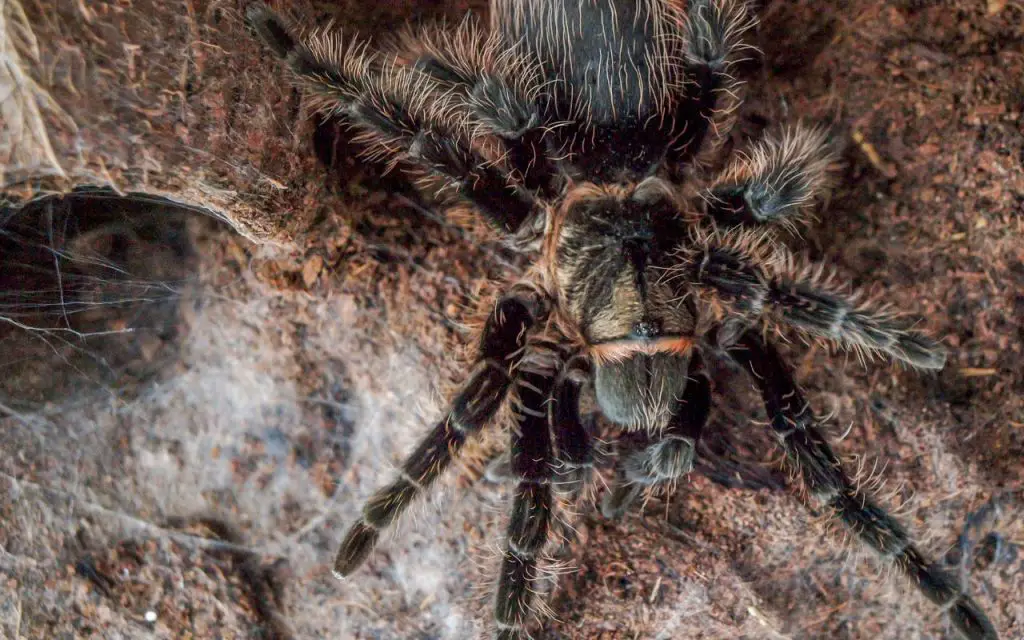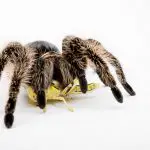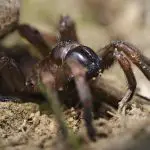Last updated on February 1st, 2023 at 09:57 am
Curly Hair Tarantulas molt quite often because they are fast-growing. Let’s take a look at how this frequency varies over their lifetime and between males and females…
Curly hair tarantulas are a fascinating species of spider that can be found in the tropical rainforest and plains surrounding it. They are known for their impressive markings and often curly hair.
Like all spiders, curly hair tarantulas undergo a molting process as they grow. In this blog post, we will explore the molting process of curly hair tarantulas and how often they molt.
How do you tell if a tarantula is going to molt?
Tarantulas molt in order to grow. The process usually takes place over the course of several weeks, during which time the tarantula will shed its old exoskeleton and grow a new one.
While molting, tarantulas are particularly vulnerable to predators, so they will often seek out a safe place to hide. There are several physical cues that can indicate that a tarantula is getting ready to molt.
The exoskeleton will become dull and opaque, and the tarantula’s body will often appear bloated. In addition, the tarantula may stop eating and become more reclusive. molting is a stressful time for tarantulas, so it is important to provide them with a safe, quiet place to molt.
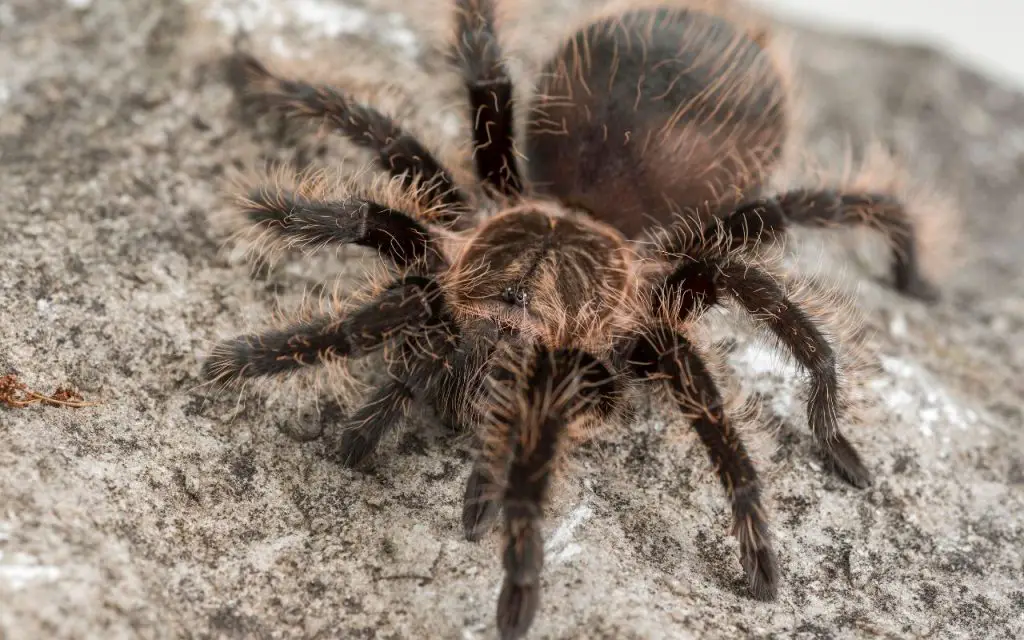
What happens if you disturb a spider molting?
Spiders are fascinating creatures, and one of the most interesting things about them is their molting process. Every few months, spiders will shed their old exoskeleton and grow a new one.
This process is known as molting, and it helps the spider to keep up with its rapid growth. However, molting is also a very vulnerable time for spiders.
They are often immobile during molting, and their new exoskeleton is not yet hardened. As a result, disturbing a spider during its molting process can be deadly. The spider’s body is vulnerable to injury, and its fragile exoskeleton can be easily damaged.
An important part of Curly Hair Tarantula care is knowing when to leave them alone. When they’re molting is one of those times! You shouldn’t touch, disturb or feed them during this process.
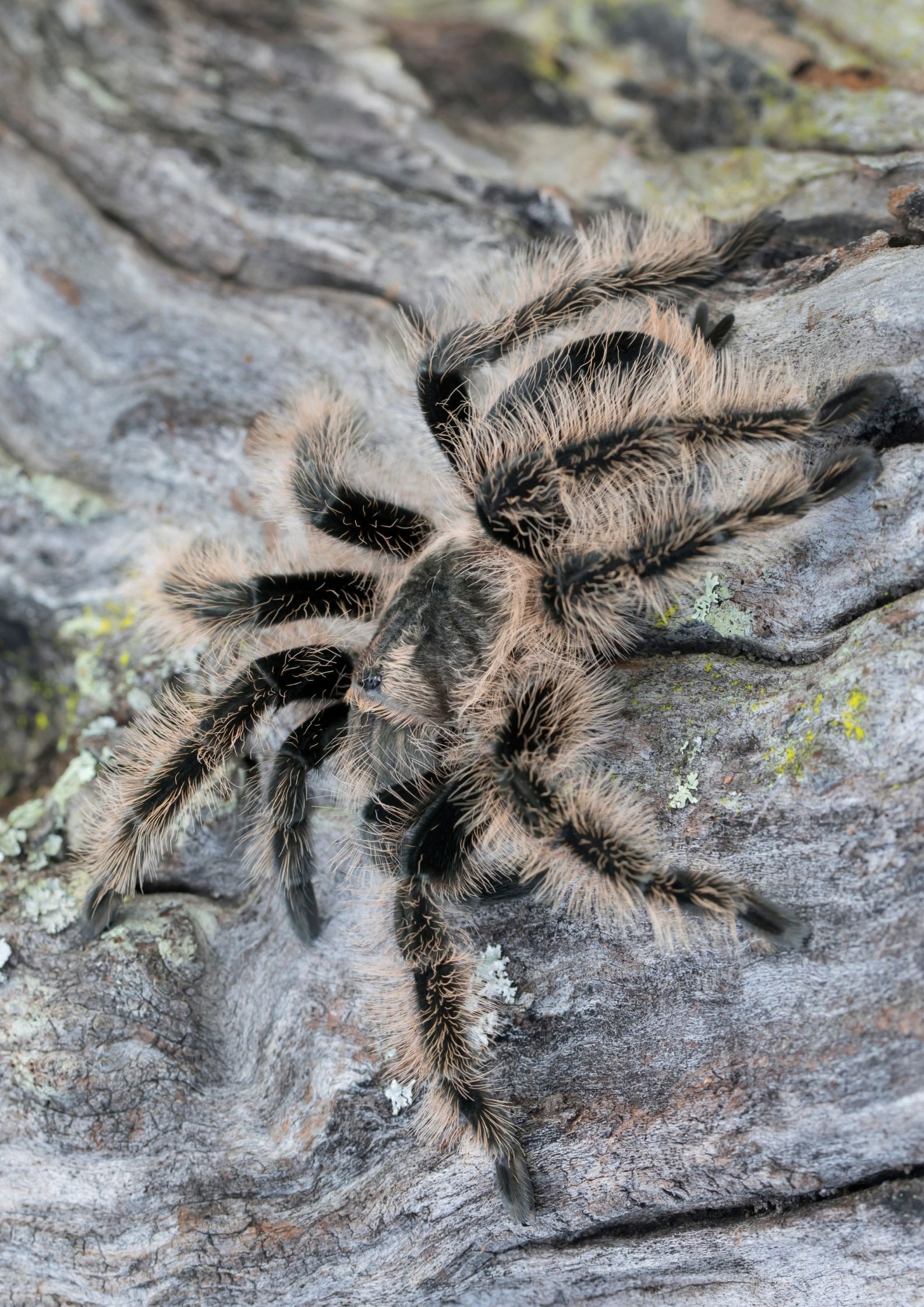
Should I feed my tarantula after molting it?
After a tarantula molts, it is very important to wait until the new exoskeleton has hardened before offering food. If you try to feed your tarantula too soon, the delicate new skin can be damaged.
Additionally, molting is a strenuous process for tarantulas, and they will need time to recover before they are ready to eat again.
As a general rule of thumb, you should wait at least two weeks after your tarantula has molted before offering food. If you are unsure whether or not your tarantula is ready to eat, it is best to err on the side of caution and wait a bit longer.
Do tarantulas get bigger after molting?
Every few months, tarantulas shed their old exoskeletons in a process known as molting. While molting is essential for the tarantula’s growth and survival, it can be a dangerous time for the spider.
Its new exoskeleton is soft and vulnerable, and the tarantula is at risk of being attacked by predators.
Once the molting process is complete, the tarantula’s new exoskeleton will harden and darken, and the spider will appear to be larger. This is because the new exoskeleton has more space for the tarantula’s internal organs, allowing the spider to grow.
Your Curly Hair Tarantula will reach it’s full size after at least 10 molts or more. These will happen over the space of at least 18 months for a male or 28 -36 months for a female.
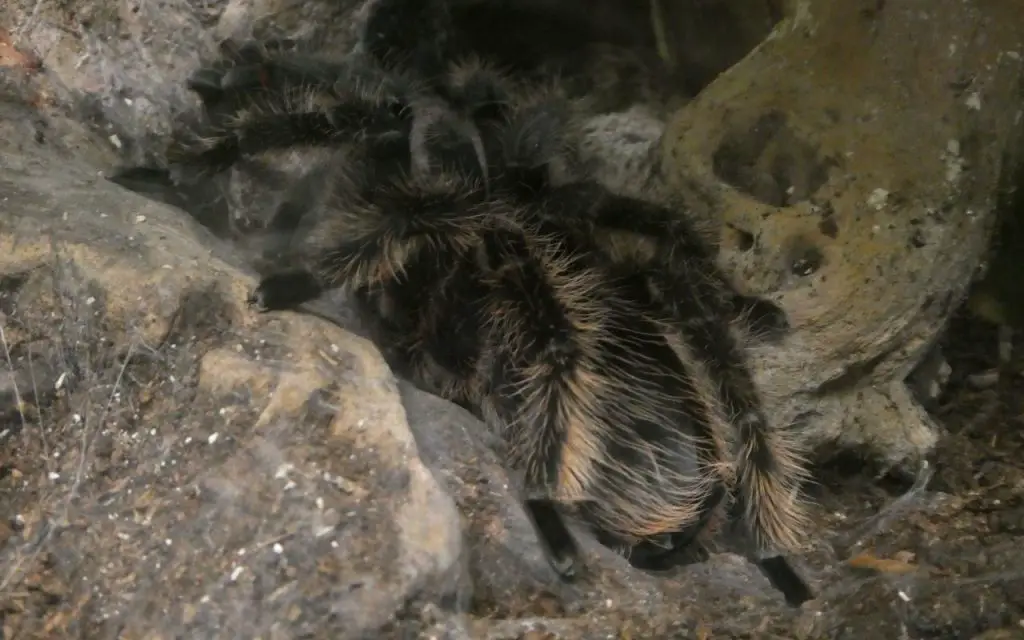
Should I help my tarantula molt?
Tarantulas are fascinating creatures, and many people enjoy keeping them as pets. One of the most interesting aspects of tarantula ownership is watching them molt, or shed their skin.
Although molting is a natural process, it can be stressful for tarantulas, and they are vulnerable to injury during this time. There are a few things to consider before deciding whether to help your tarantula molt.
- First, it is important to understand that molting is a natural process, and most tarantulas will be able to molt without any assistance.
- Second, helping your tarantula molt can be a delicate process, and it is important to avoid causing any damage to your pet.
- Finally, you should only help your tarantula molt if you are comfortable doing so. In general, it’s best not to unless you are an expert.
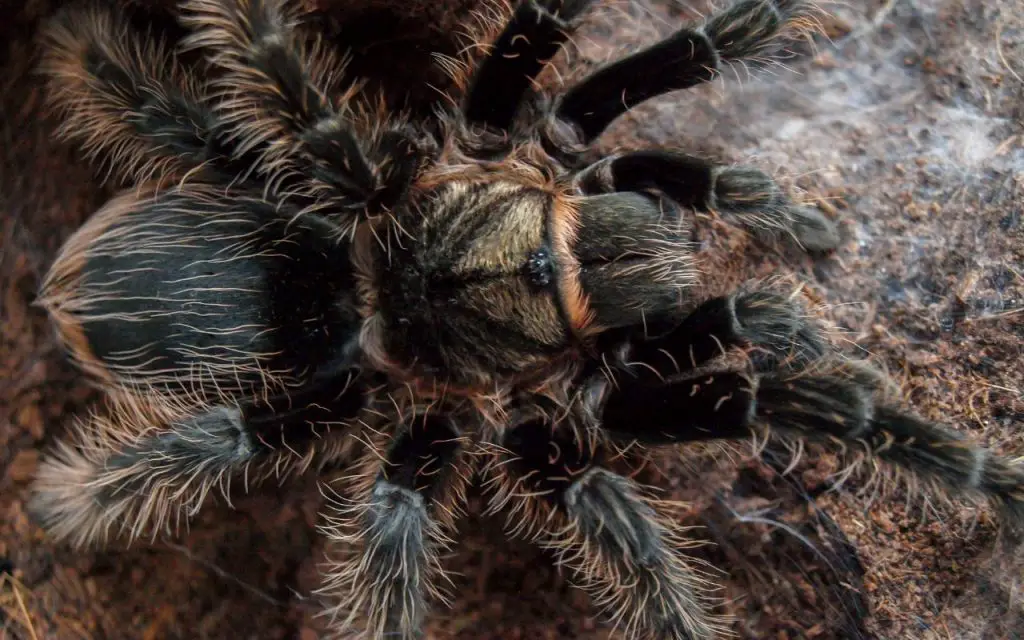
Curly Hair Tarantula feeding schedule
The curly hair tarantula is a native of Mexico and can be found in a wide range of habitats, from semi-desert to rainforest. It is a popular pet due to its docile nature.
While they are not typically aggressive, they will defend themselves if they feel threatened, and their venom is capable of causing serious health problems in humans.
Curly hair tarantulas are carnivorous, and their diet consists mainly of live insects. They should be fed once or twice a week, and the size of the prey should be appropriate for the spider’s size.
Curly Hair Tarantula lifespan
The curly hair tarantula is a species of tarantula native to Mexico and Central America. Like all tarantulas, it has a lifespan of 10-20 years in the wild.
However, in captivity, it can live for much longer – up to 30 years or more. The curly hair tarantula is a popular pet due to its docile nature and relatively small size.
It is also relatively easy to care for, as long as its enclosure is kept clean and dry. When threatened, the curly hair tarantula will usually try to flee first.
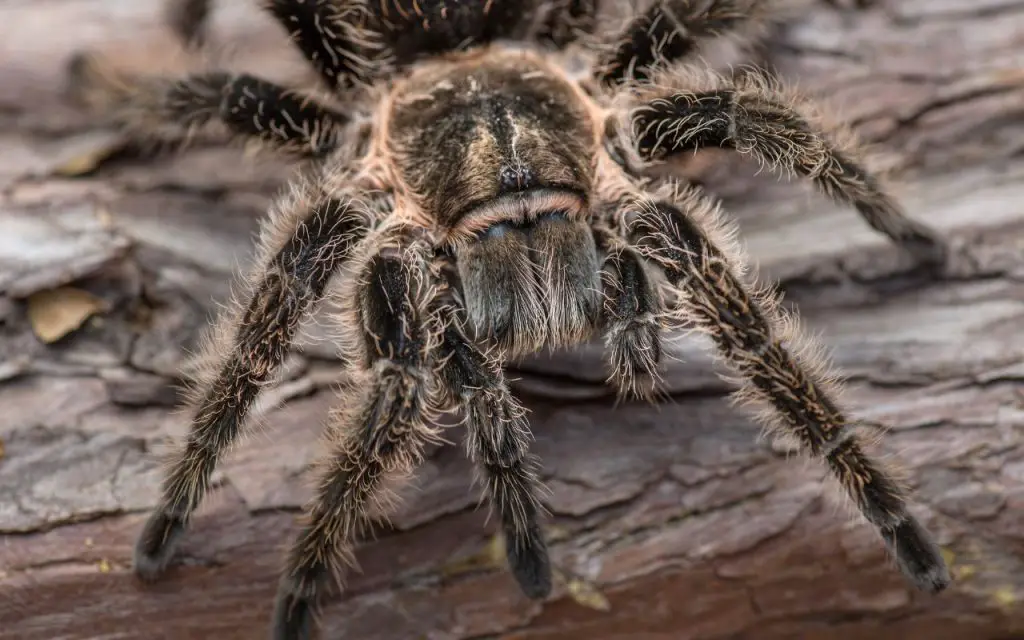
Curly Hair Tarantula temperature and humidity
The Curly Hair Tarantula, scientific name Brachypelma albopilosum, is a species of spider that is native to Central America. The spiders are known for their hardy nature and ability to thrive in a variety of environments.
As a result, they are widely kept as pets. When it comes to temperature and humidity, the Curly Hair Tarantula is relatively tolerant.
However, they prefer warm weather and high humidity levels. In terms of specific requirements, the spiders do best at temperatures between 75 and 85 degrees Fahrenheit and humidity levels between 60 and 70 percent.
If the environment becomes too dry, the Curly Hair Tarantula may become dehydrated and more susceptible to illness.
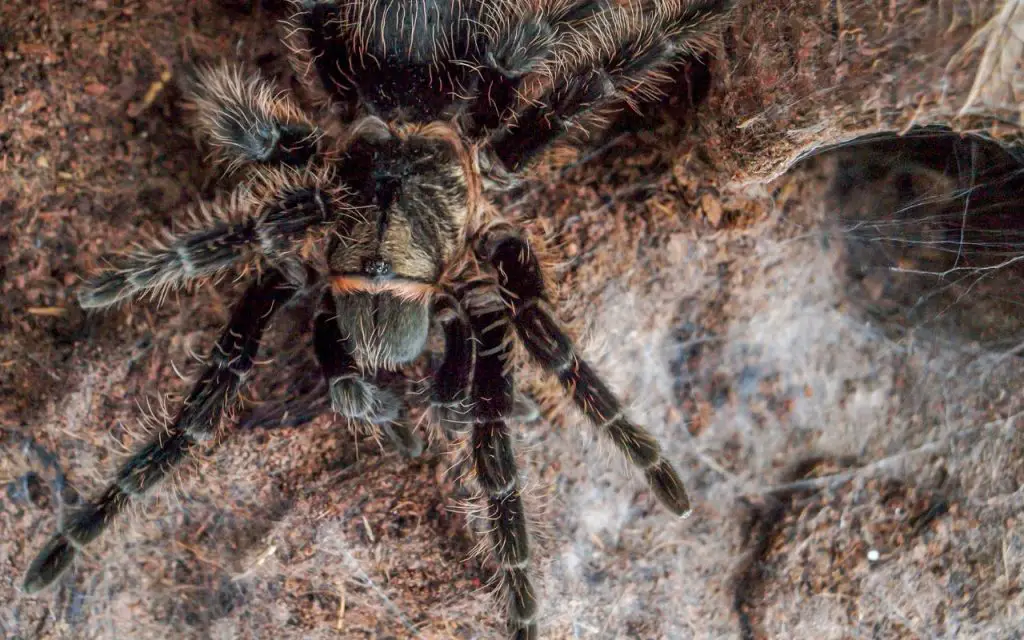
Curly Hair Tarantula handling
While they may look dangerous, curly hair tarantulas are actually gentle and docile spiders.
Native to Mexico and Central America, these spiders get their name from the tufts of hair that cover their bodies. Curly hair tarantulas are popular pets, and many people enjoy handling them.
However, there are a few things to keep in mind when handling a curly hair tarantula.
- First, it is important to be gentle. These spiders are delicate, and rough handling can damage their bodies.
- Second, it is important to be patient. Curly hair tarantulas can be skittish, and it may take them a little time to get used to being handled.
- Finally, it is important to wash your hands after handling a curly hair tarantula.
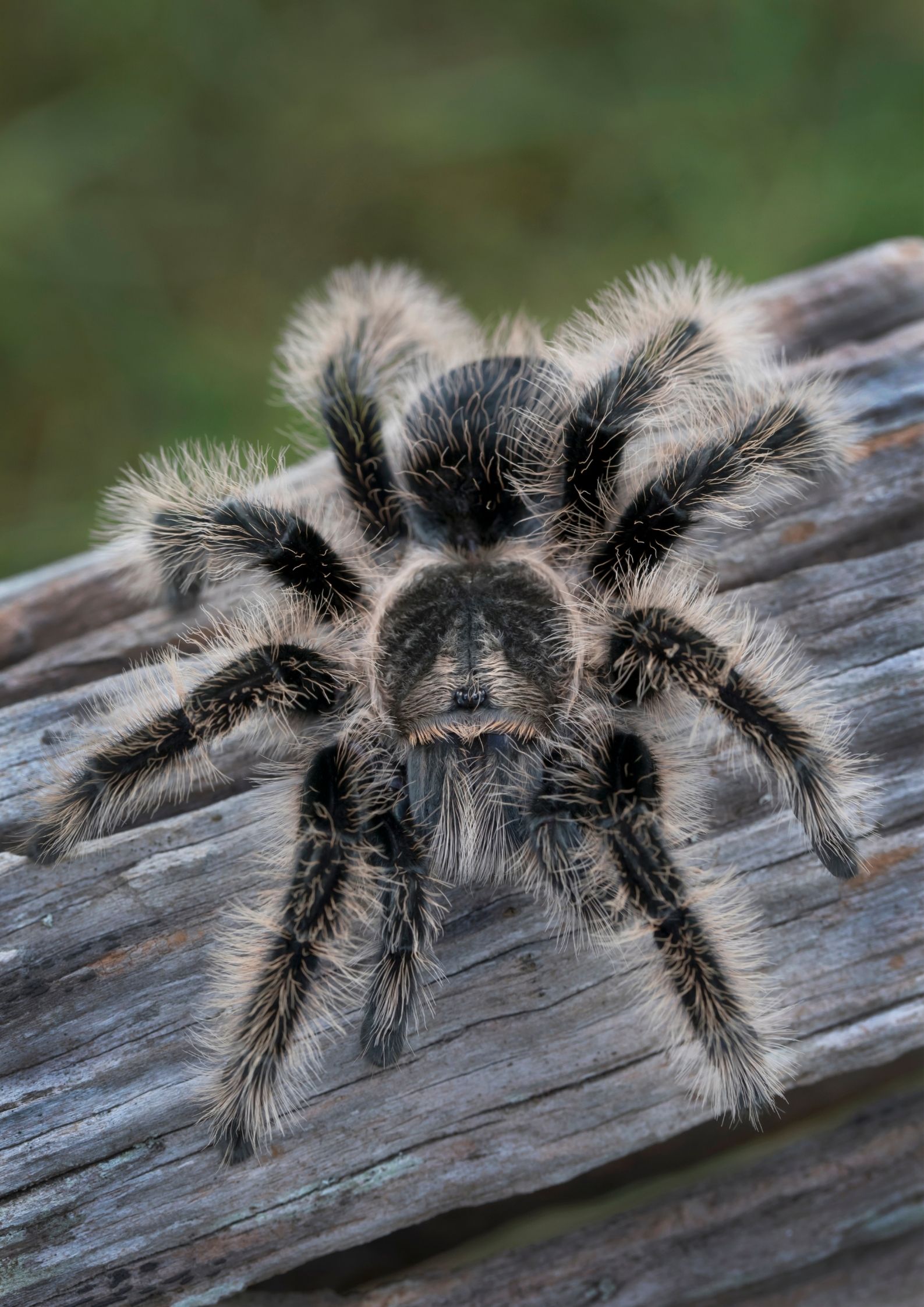
FAQ relating to how often Curly Hair Tarantulas molt
How long does it take for a curly hair tarantula to molt?
A tarantula molts when it outgrows its exoskeleton. The process of molting can take anywhere from two weeks to two months, depending on the species of tarantula.
During this time, the tarantula will stop eating and spending time in its web. Instead, it will hide away in its burrow, shed its old exoskeleton, and grow a new one.
A tarantula molting is a stressful and dangerous time for the spider, as it is vulnerable to predators during this period. For this reason, it is important to leave a tarantula alone during its molting cycle and not attempt to handle it.
How often should you feed a curly hair tarantula?
As any tarantula enthusiast knows, these spiders require special care to stay healthy and thrive. One important aspect of their care is feeding.
Tarantulas are carnivores, and they need a diet that consists primarily of live insects. While the occasional pinky mouse can be a nice treat, it should not be a regular part of their diet.
In terms of frequency, most experts recommend feeding tarantulas every 5 to 7 days. This will vary depending on the size of the spider and the availability of food, but it is generally a good rule of thumb to follow.
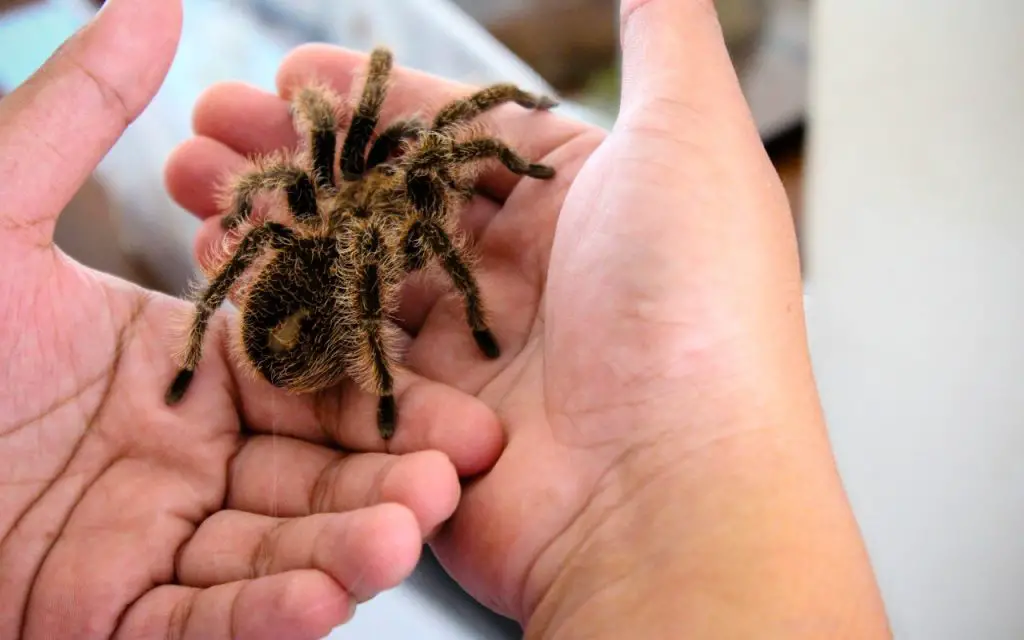
How long does a curly hair tarantula stay in Premolt?
Curly hair tarantulas spend most of their lives in Premolt, molting only once every 2 to 3 years. During this time, they will shed their exoskeleton and grow a new one.
This process can take up to 2 months, during which the tarantula may not eat or drink. Once the molting is complete, the tarantula will be larger and will have a new coat of hair.
While in Premolt, curly hair tarantulas are also more aggressive than usual, as they are preparing for the potential danger of being without their protective exoskeleton. However, they will return to their normal behavior once they have molted and are no longer vulnerable.
Do curly hair tarantulas eat their molt?
While most tarantulas will eat anything that they can catch, including insects, lizards. And even small mammals, there are a few species that have developed more specialized diets.
One of these is the curly hair tarantula, which is native to the rainforests of Central and South America. The curly hair tarantula gets its name from the distinctive curls that adorn its legs. And it is one of the largest tarantulas in the world, with some specimens reaching over two feet in length.
Unlike other tarantulas, which will readily eat their molts, the curly hair tarantula has been known to diet on its shed exoskeleton.
While the exact reason for this behavior is unknown, it is thought that the nutrients in the exoskeleton help to keep the tarantula healthy and provide an extra boost during molting season.

